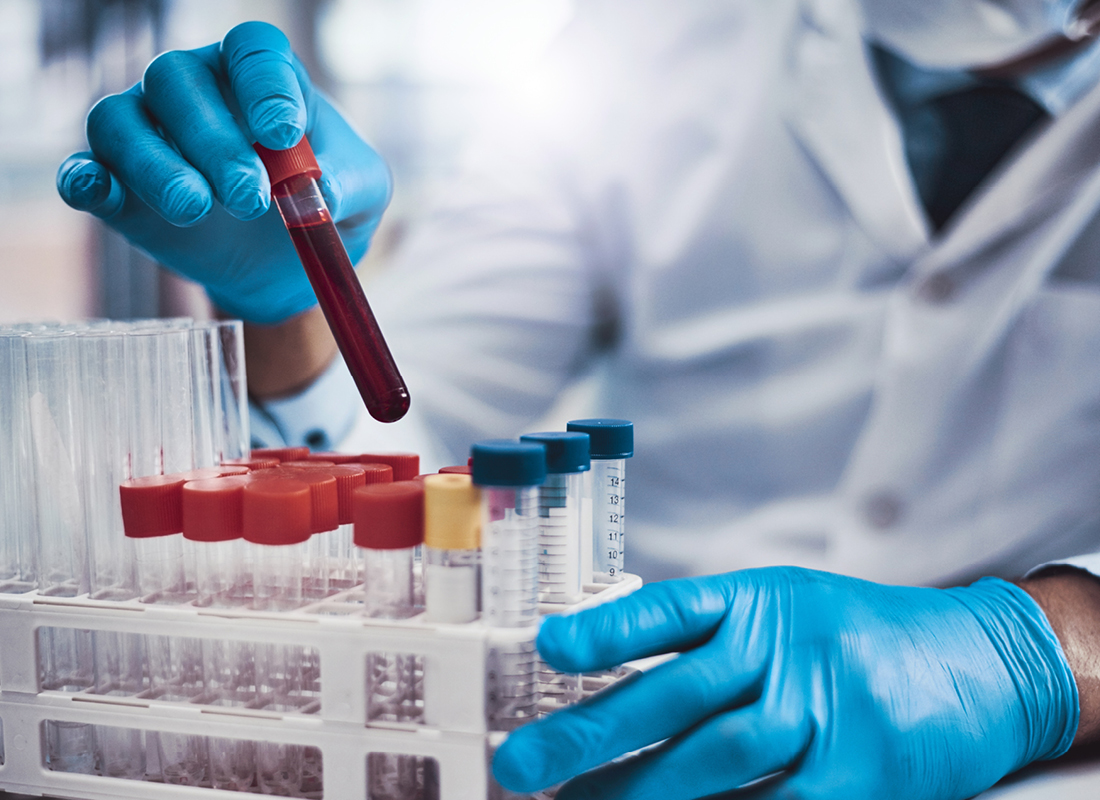HIV Testing Opportunities Missed For High-Risk Patients
From - Diagnostic Testing & Emerging Technologies There are many missed opportunities for testing and diagnosis of HIV among high-risk individuals seen in clinical settings… . . . read more

There are many missed opportunities for testing and diagnosis of HIV among high-risk individuals seen in clinical settings, according to a research letter published June 26 in the Journal of the American Medical Association.
Nearly half of high-risk individuals, including men who have sex with men (MSM) and persons who inject drugs (PWID), report being seen by a clinician but having not been offered an HIV test.
“Eliminating missed opportunities for HIV testing and diagnosis in health care settings may reduce HIV transmission, especially among high-risk groups,” write the authors led by Cyprian Wejnert, Ph.D., from the U.S. Centers for Disease Control and Prevention in Atlanta, Ga.
CDC researchers used National HIV Behavioral Surveillance data on adults 18 years or older from 19 U.S. cities. The survey is conducted in rotating annual cycles in cities with high HIV burden. Data from men who had ever had sex with another man (n = 9,105) were collected in 2014, and from men and women injecting drugs (n = 19,357) in the past year in 2012 and 2015. Participants were asked if, during the past year, they had received an HIV test, visited a clinician (“doctor, nurse, or other health care provider”), or been offered an HIV test by a clinician.
The researchers found that 22 percent of MSM and 8 percent of PWID tested positive for HIV infection. Of the participants who were HIV-positive, 8 percent of MSM and 12 percent of PWID were unaware of their infection status. Yet, of those who were unaware of their status, 81 percent of MSM and 65 percent of PWID reported having visited a clinician in the past year. Furthermore, only 43 percent of MSM and 24 percent of PWID who visited a clinician in the past year reported being offered an HIV test by their clinician.
The U.S. Centers for Disease Control and Prevention (CDC) recommends at least annual HIV testing for persons at high risk for HIV, such as MSM and PWID. But, 44 percent of MSM and 77 percent of PWID reported not having had an HIV test in the past year. Among those high-risk individuals not tested in the past year, 52 percent and 45 percent of PWID reported visiting a clinician, but not having been offered HIV testing.
At-Home Testing Can Also Up Testing Rates
Recognizing though that some high-risk patients may not be getting tested enough, the U.S. Air Force developed a self-collection blood kit to encourage its active-duty members to be proactive and test for infection more frequently than what’s mandated by the military.
Currently, service members are routinely screened every two years, before and after deployments, and when clinically indicated by health care providers, based on symptoms or answers to routine questions about sexual partners and practices.
Service members can call or email to request a kit. The kit includes instructions, supplies to obtain a blood sample via a finger prick, and a prepaid envelope for returning the sample to the HIV Diagnostics and Reference Laboratory at the Walter Reed Army Institute of Research (Silver Spring, Md.).
Takeaway: By capitalizing on clinical visits to expand HIV testing of high-risk individuals, HIV diagnoses can be sped up, increasing awareness of infection status and cutting further transmission.
Subscribe to Clinical Diagnostics Insider to view
Start a Free Trial for immediate access to this article